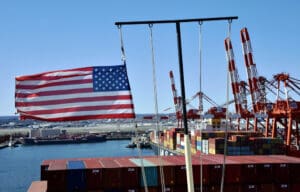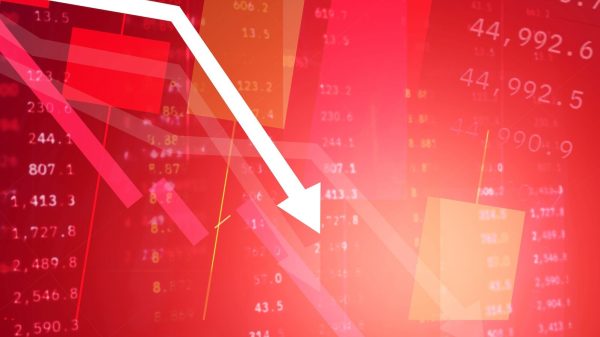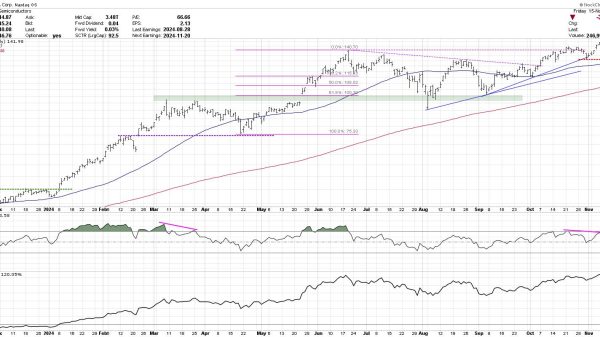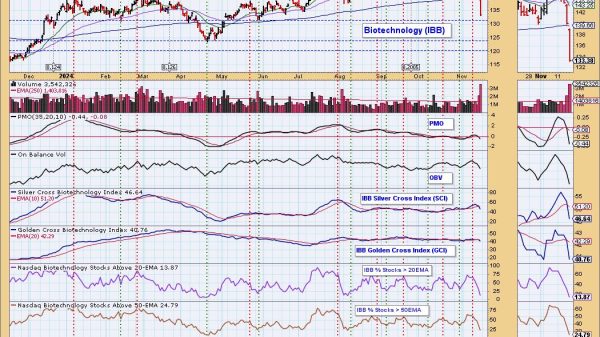Large US banks injected $30 billion in deposits into First Republic Bank on Thursday, swooping in to rescue the lender caught up in a widening crisis triggered by the collapse of two other mid-size US lenders over the past week.
Banking stocks globally have been battered since Silicon Valley Bank collapsed last week due to bond-related losses that piled up when interest rates surged last year, raising questions about what else might be lurking in the wider banking system.
Within days, the market turmoil had ensnared Swiss lender Credit Suisse, forcing it to borrow up to $54 billion from Switzerland’s central bank to shore up liquidity.
By Thursday afternoon, the spotlight whipsawed back to the United States as big banks led an effort to prop up support for First Republic, a regional lender whose shares had tumbled 70% in the last nine trading sessions.
Some of the biggest US banking names including JPMorgan Chase & Co., Citigroup Inc., Bank of America Corp., Wells Fargo & Co., Goldman Sachs and Morgan Stanley were involved in the rescue, according to a statement from the banks.
The deal was put together by power brokers including US Treasury Secretary Janet Yellen, Federal Reserve Chairman Jerome Powell and JPMorgan Chase CEO Jamie Dimon, who discussed the package on Tuesday, according to a source familiar with the situation.
US regulators said the show of support was most welcome, and showed the resilience of the banking system.
A round of financing on Sunday raised through JPMorgan had given First Republic access to $70 billion in funds. But that failed to calm investors as worries of a contagion deepened with the demise of Signature Bank to follow that of SVB and depositors began moving cash to larger lenders.
First Republic Bank‘s stock closed up 10% on news of the rescue but its shares fell 18% in after-market trading, after the bank said it would suspend its dividend.
The bank‘s stock price is down more than 70% since March 6.
News of the rescue also helped boost Wall Street indexes, with JP Morgan, Morgan Stanley and Bank of America all up more than 1%, while the benchmark S&P 500 Banks Index recovered 2.2%.
Smaller banks also rebounded from the recent sell-off, with Fifth Third Bancorp, PNC Financial Services Group and KeyCorp each gaining more than 4%.
EMERGENCY LIQUIDITY
Earlier in the day, Credit Suisse became the first major global bank to take up an emergency lifeline since the 2008 financial crisis as fears of contagion swept the banking sector and raised doubts over whether central banks will be able to sustain aggressive interest rate hikes to rein in inflation.
Rapidly rising interest rates have made it harder for some businesses to pay back or service loans, increasing the chances of losses for lenders already worried about a recession.
However, the European Central Bank raised interest rates by 50 basis points on Thursday as flagged, stressing the resilience of the euro area banking sector while assuring it had plenty of tools to offer liquidity support if needed.
The US Federal Reserve is expected to follow the ECB move at its next meeting with a quarter-point interest-rate hike that just days ago looked derailed by turmoil in the banking sector.
Policymakers have tried emphasize that the current turmoil is different than the global financial crisis 15 years ago as banks are better capitalized and funds more easily available.
But central bank data on Thursday also showed that banks sought record amounts of emergency liquidity from the Federal Reserve in recent days, driving up the size of the Fed’s balance sheet after months of contraction.
“The numbers, as we see them right here, are more consistent with the idea that this is just an idiosyncratic issue at a handful of banks,” said Thomas Simons, money market economist with investment bank Jefferies.
Ms. Yellen said the US banking system remains sound thanks to “decisive and forceful” actions following the collapse of Silicon Valley Bank.
Allianz, one of Europe’s biggest financial firms, said authorities were “well equipped” to deal with any liquidity crisis, “unlike what happened during” the 2007-2008 financial crisis.
BUYING TIME
Credit Suisse, a bank with a 167-year history, became the biggest European name swept up in the turmoil after its largest investor said it could not provide more funds due to regulatory constraints.
It said it would exercise an option to borrow up to 50 billion Swiss francs ($54 billion) from the Swiss National Bank, which confirmed it would provide liquidity to the bank against sufficient collateral.
Credit Suisse shares closed 19% higher on Thursday, recovering some of their 25% fall on Wednesday. Since March 8, before last week’s collapse of SVB, European banks have lost around $165 billion in market value, Refinitiv data shows.
The stock market value of Switzerland’s second-largest bank has fallen by 90% since its peak in February 2007 of around $91 billion, to around $8.66 billion following a prolonged slide in its shares.
Analysts said the measures will buy time for Credit Suisse to carry out a planned restructuring and possibly take further steps to pare back the Swiss lender. – Reuters






















